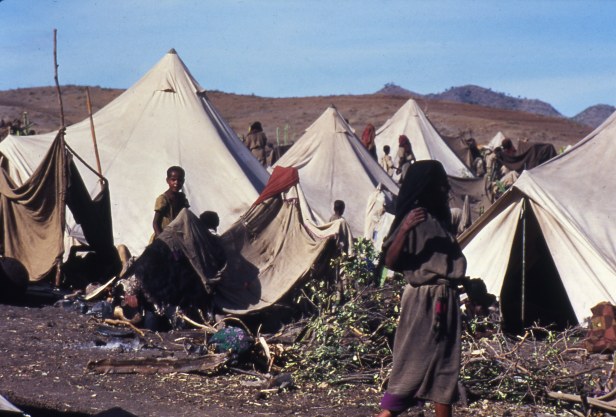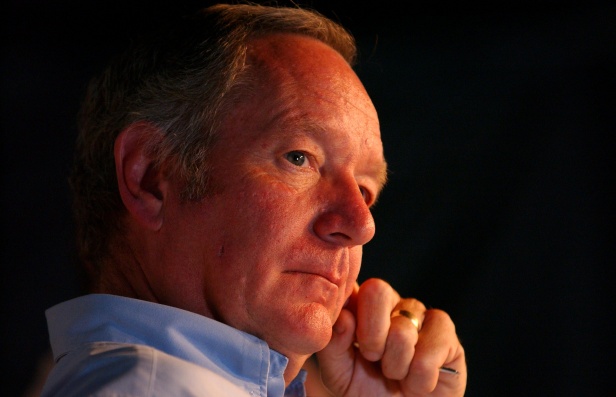Climate Disaster Hammers Ethiopia
By Thomas C. Mountain
18 October, 2015
Countercurrents.org
This year the rains failed in southern Ethiopia and some 25% of a country of 90 million people are facing acute food shortages in the coming months. This climate disaster, brought on mainly by western industries damage to the environment, has left the Ethiopian government quietly begging the international community for a preliminary food aid package worth $500 million, desperately needed to start feeding over 7 million people.
Wait a minute. Didn’t the World Bank just anoint Ethiopia with the title of the worlds fastest growing economy and not just for 2015, but for 2016 and 2017 as well? Get this now, Ethiopia is the worlds fastest growing economy yet it needs half a billion dollar$ in emergency food aid to keep millions of its people from starving?
When you fight your way through all the smokescreens thrown up in self defense by the international financial banksters you finally find that Ethiopia is expecting a total net export income of $3 billion this year, depending much on the price of coffee, for the sacred brew and cut flowers make up most of Ethiopian export income.
$3 billion dollars a year is all that Ethiopia actually creates, and this to run a country of 90 million?
The bottom line is Ethiopia’s “wealth” is almost entirely in the form of foreign aid/investments, something that can disappear even faster than it arrived.
On top of all this Ethiopia has the largest best equipped army in Africa including advanced missile systems which it used to attack the Eritrean town of Dekamhare early this year.
Ethiopia has hundreds of thousands of troops on the Eritrean border including occupying Eritrean territory. Ethiopia also has tens of thousands of troops on the border with Somalia or in Somalia itself.
Ethiopia is fighting an insurgency in the south east, the Ogaden. Ethiopia carrys out counterinsurgency activities in the west in Gambella, home to some 1 billion barrels of oil reserves. And of course, Ethiopia is fighting a large well armed guerilla army in the regimes ethic homeland of Tigray based on the Eritrean border, an army now directed by the leadership council of the newly united major Ethiopian opposition groups such as Ginbot, the real winners of the 2005 “election”.
All of this funded by a total of some $3 billion actually generated by the country? In reality it takes another $13 billion a year to fund the Ethiopian “miracle”, with the tab having been picked up until recently mainly by the western banksters and governments.
With the appearance of China in a major way Ethiopia has been a subject for concern by the western warlords, with Barack Obama spending several hours reassuring Ethiopian P.M. Desalegne during a first ever visit to the country by a sitting US President during Obama's recent trip to Africa.
Ethiopia is the only country in the world to be allowed to expel both the Red Cross and Doctors Without Borders (MSF) from an entire region/nation, the Ogaden. And this during the worst climate disaster droughts in history. Even North Korea allows the Red Cross.
When you get past all the smoke and mirrors Ethiopia is the policeman on the beat in East Africa for the USA, part of Pax Americana’s policy of using local gendarmes to do its dirty work.
And now China is jumping into the mix with a major economic infusion, building a $3 billion railroad from Ethiopia’s capital Addis Ababa to its only port, Djibouti amongst many billion$ of capital projects in the country.
The capital of Ethiopia, Addis Ababa, is the most visible sign of this investment, taking on a boom town look, with Africa's only urban electric train and double decker freeways running through the city. Its only when you leave Addis Ababa and the freeway turns into a dirt road does the real Ethiopia come into play.
In the real Ethiopia journalists are not allowed outside the capital Addis Ababa. If they try to sneak into the rest of the country they are shot and wounded, thrown into a dungeon and then convicted on terrorism charges. I met one of the Swedish reporters I am referring to who have written a book about their ordeal and are on a speaking tour which includes the USA.
A good representation of what life is like for most Ethiopians can be found in the film “Lamb” making the rounds of the international film festivals. Living in a one room hut, no electricity, carrying drinking water on donkeys for long distances, few schools, fewer medical clinics and now at the mercy of climate disaster and famine.
Yet this is the fastest growing economy in the world for years to come according to the financial terrorists at the World Bank.
The bizarre side of all this is that as scenes of millions of starving Ethiopians once again blight the tv screens of the world, the banksters through the western media will keep telling us how fast the Ethiopian economy is growing, one of Africa's success stories.
The problem is climate disaster doesn't care about all the propaganda, it just goes about its deadly task of reaping what you sow, as in the western industrialists destruction of the environment and African people starving to death as a result.
Thomas C. Mountain is an independent journalist living and reporting from Eritrea since 2006. He can be reached via twitter @thomascmountain, on facebook at thomascmountain or thomascmountain at gmail dot com









![ethiopia-vs-germany-population-graph-2[1]](https://www.vdare.com/wp-content/uploads/2015/10/ethiopia-vs-germany-population-graph-21-300x246.png)